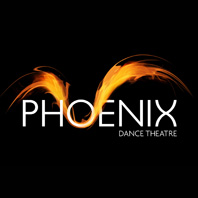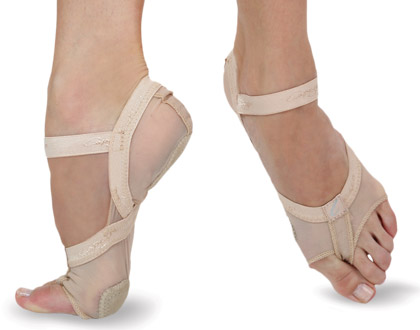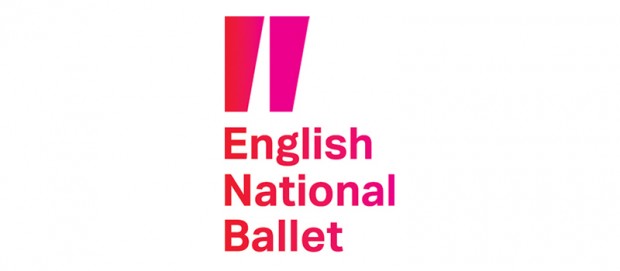 Phoenix Dance Theatre will celebrate the 50th anniversary of the ground-breaking 1964 Civil Rights Act by presenting Tenacity, a specially curated programme that commemorates the Act as a landmark piece of American legislation that allowed voices to be heard. It became a catalyst for change in many parts of the world. Presented at the Stanley & Audrey Burton Theatre in Leeds, Tenacity is a mixed bill curated from Phoenix’s archive, reflecting the company’s own heritage through a range of choreographic voices and paying tribute to the global civil rights movement.
Phoenix Dance Theatre will celebrate the 50th anniversary of the ground-breaking 1964 Civil Rights Act by presenting Tenacity, a specially curated programme that commemorates the Act as a landmark piece of American legislation that allowed voices to be heard. It became a catalyst for change in many parts of the world. Presented at the Stanley & Audrey Burton Theatre in Leeds, Tenacity is a mixed bill curated from Phoenix’s archive, reflecting the company’s own heritage through a range of choreographic voices and paying tribute to the global civil rights movement.
Alesandra Seutin’s 1976 tells the story of the Soweto uprising in South Africa, where a group of children were shot dead during a bloody protest for their rights. Longevity is an emotional duet by Gary Lambert, inspired by Martin Luther King’s ‘I have a Dream’ speech delivered during the Civil Rights March in 1963. The Audacious One, by Warren Adams is a passionate look into a world of political intrigue and power.
To accompany the Tenacity season Phoenix Dance Theatre will present a unique multi-media Symposium – including dance, lectures, film and audience discussions – that further explores how dance and choreography address historical and current political issues. It will consider the history in this programme and explore how movement can approach historical moments and express the forces that fuelled them.
Phoenix will then embark on a 7-venue national tour with its new triple bill of exciting and diverse works as part of its 2014 national tour, including a week-long season at Linbury Studio Theatre, Royal Opera House. The London season features a double bill by Christopher Bruce including Shadows, a brand new work created especially for Phoenix Dance Theatre, and a restaging of Christopher’s classic study of life in the 1940’s, Shift. Having choreographed works for leading dance companies across the globe, this is the first time that Phoenix will perform any of this renowned choreographer’s work.


 The feet are important to any human being, in terms of posture, gait and movement. For dancers the feet are constantly put under pressure as dance relies predominantly on flexible, mobile and healthy feet. Despite this there are a few common foot injuries in dancers:
The feet are important to any human being, in terms of posture, gait and movement. For dancers the feet are constantly put under pressure as dance relies predominantly on flexible, mobile and healthy feet. Despite this there are a few common foot injuries in dancers: There has been lots of exciting news for English National Ballet recently, including its presenting Modern Masters: Icons of 20th Century Choreography at Sadler’s Wells in March 2015 (including works by Forsythe, Neumeier and Kylián), two new regional hubs for English National Ballet’s Dance for Parkinson’s programme, the My First Ballet series continuing with a brand new version of Swan Lake and a large international tour to take place in 2015.
There has been lots of exciting news for English National Ballet recently, including its presenting Modern Masters: Icons of 20th Century Choreography at Sadler’s Wells in March 2015 (including works by Forsythe, Neumeier and Kylián), two new regional hubs for English National Ballet’s Dance for Parkinson’s programme, the My First Ballet series continuing with a brand new version of Swan Lake and a large international tour to take place in 2015. Birmingham Royal Ballet’s autumn season at Sadler’s Wells has recently been announced, including three one-act ballets touched in some way by war under the umbrella title of Shadows of War, and a revival of David Bintley’s fairytale, Beauty and the Beast
Birmingham Royal Ballet’s autumn season at Sadler’s Wells has recently been announced, including three one-act ballets touched in some way by war under the umbrella title of Shadows of War, and a revival of David Bintley’s fairytale, Beauty and the Beast While dance is a physically and mentally demanding subject, many people are still of the opinion that dance cannot be an academic subject and should not be included in a school’s curriculum. Dance as a school subject still faces negative perceptions despite numerous counter-arguments, and can be misunderstood as a ‘soft option’.
While dance is a physically and mentally demanding subject, many people are still of the opinion that dance cannot be an academic subject and should not be included in a school’s curriculum. Dance as a school subject still faces negative perceptions despite numerous counter-arguments, and can be misunderstood as a ‘soft option’. The union Equity has launched a campaign to increase live entertainment in public houses: pubs around the UK are being urged to host live entertainment – including theatre shows – as part of the new campaign, Live Entertainment Works!
The union Equity has launched a campaign to increase live entertainment in public houses: pubs around the UK are being urged to host live entertainment – including theatre shows – as part of the new campaign, Live Entertainment Works! Australia’s Queensland Ballet is set to debut the Olivier and Evening Standard award winning production of ‘La Sylphide’ at the London Coliseum from 4–8 August 2015. Over 30 years since it first captivated the capital’s audiences, the legendary production of August Bournonville’s ‘La Sylphide’ will return to London, performed by the internationally acclaimed Australia’s Queensland Ballet in their London debut.
Australia’s Queensland Ballet is set to debut the Olivier and Evening Standard award winning production of ‘La Sylphide’ at the London Coliseum from 4–8 August 2015. Over 30 years since it first captivated the capital’s audiences, the legendary production of August Bournonville’s ‘La Sylphide’ will return to London, performed by the internationally acclaimed Australia’s Queensland Ballet in their London debut. With many young dancers ready to become new students this month, it is important to keep your body healthy and in tip-top condition ready for the training ahead. If you are living away at a college or university and surrounded by other people, it is easy to let good eating habits slip and fall into something that is detrimental to your body.
With many young dancers ready to become new students this month, it is important to keep your body healthy and in tip-top condition ready for the training ahead. If you are living away at a college or university and surrounded by other people, it is easy to let good eating habits slip and fall into something that is detrimental to your body.